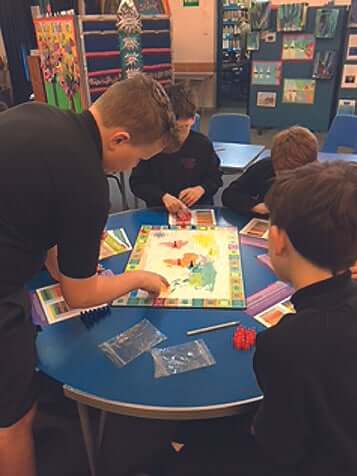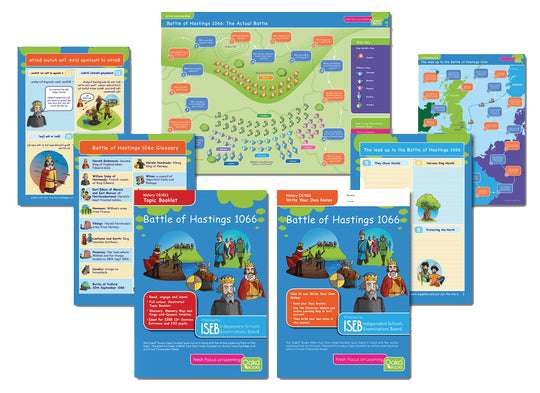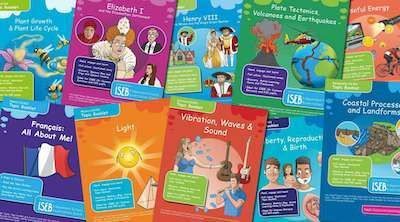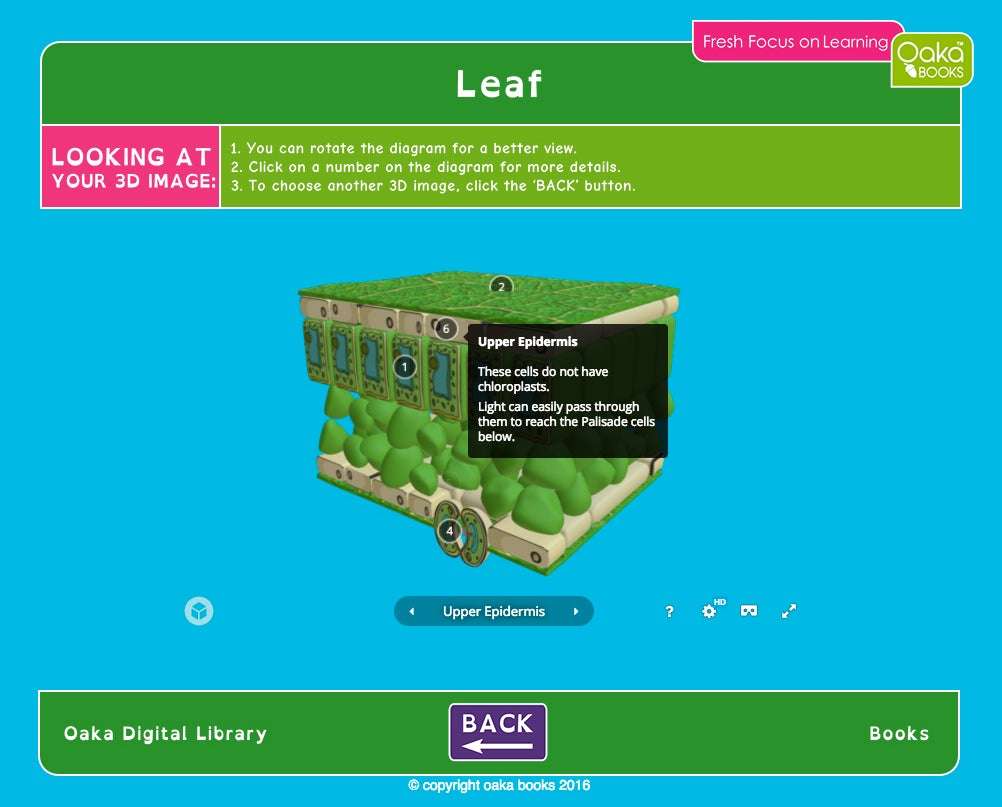
Gone are the days of tedious textbooks. There is a better way of exercising your mind and expanding your knowledge – it is called active or interactive learning.
Active learning is any kind of study that actively engages the student in its material; a hands-on approach to learning, that relies on the student’s participation. This can be anything from active discussion, working in groups, using flashcards, playing games, watching a video, or using the internet.
Active learning is growing more and more popular – particularly in our current climate of school closures, as interactive learning is easily practised from home. Its popularity is also growing with our expanding understanding of learning difficulties and how best to teach students with such conditions as dyslexia, ADHD, and autism. The advancement of technology is also partially responsible for the ever-changing nature and adaptions of active learning.
The production of dopamine has a very important part to play in the way we learn and retain information, and it is arguably most likely to occur through interactive learning, as supposed to reading from a textbook or sitting through your standard lesson.
Dopamine is released when your brain is expecting a reward, and is involved in many of our daily moods and functions. It affects our memory, our focus, our mood, our emotions, and the way we feel pleasure and seek reward. The right amount of dopamine is ideal for planning, learning, and productivity, as it can contribute to feelings of focus, happiness, and motivation. You feel motivation when your dopamine spikes, and your dopamine spikes both when you are anticipating something important, or when you experience reward.
John Salamone, UConn neuroscientist, explained that, “Low levels of dopamine make people and other animals less likely to work for things, so it has more to do with motivation and cost/benefit analyses than pleasure itself.” So, in summary, these surges of dopamine are crucial for our experience in learning, both in our motivation to continue and our ability to engage and memorise key information.
As well as being the key to the motivation-reward-reinforcement cycle. University of Michigan researchers say that if you are struggling to get started with a project, ‘focus on imagining the joy of completing it.’ A positive learning environment enforces that more information is retained, and therefore triggers the desire and motivation to keep learning. This in turn leads to the value of repetition; how you are more likely to remember what you have learned for longer periods of time if you go over it again and again. What could be more a more rewarding or fun way to learn than playing a revision boardgame?
One company specialising in active learning is Oaka Books; their materials are designed for students with dyslexia and other learning disabilities, but effective for everyone. Designed to be both fun and engaging, active learning resources offer everything from topic booklets including flash cards and mini activities, to competitive board and pairs games.
Interactive learning is crucial for students with learning difficulties, as it is less intimidating and more fulfilling than passive learning, which can help you gain confidence and therefore improve your enthusiasm and desire to continue learning. Interactive learning is diverse and engaging ; you are not expected to just passively absorb information, and you don’t have to worry so much about sitting still or keeping on track with reading – you can learn from making your own notes, participating in games, or doing various activities.
Active learning ensures the activity of multiple senses, which in turn stimulates different parts of the neurological system. According to research, students learn up to six times more when they’re interacting with educational material than when they are reading it. Oaka Topic booklets include many forms of interactive resources, including flash cards & Write Your Own Notes Booklets to engage with.
Additionally, interactive learning encourages the development of a growth mindset, as supposed to a fixed mindset. Having a growth mindset is essential for you to reach your full potential, and anyone can develop this mindset with the right practise. Afterall, it is hard work, not ‘intelligence’, that will earn a student their top grades.
The more positive the learning environment, the more likely you are to apply yourself and work your hardest. Consider a standard revision session, slumped over a desk reading the same information again and again. You are going to disengage very quickly, get bored, or even fall asleep. Whereas, if you are actively engaging with the material – e.g. revising through a game or flashcards – you are going to connect with the activity more, and therefore learn all the more for it. In time, this kind of academic practise will change your entire attitude towards revision, and more importantly, it will enhance the belief you have in your own abilities. You can learn more about the behaviours of a student with a growth mindset, and how to adopt these behaviours, in the Study Skills booklet How To Become a Grade Riser by Dr Susie Nyman.
Interactive learning seems to be growing more popular, and more necessary, by the day. It is frequent in classrooms and home educating, and it allows endless, flexible opportunities on how to make learning less pressuring and more pleasurable. With an increase in diagnosed learning difficulties and a general reduction in our children’s attention spans (due to technology), it is an ever-evolving practise, but one that will always cater to the best interests of students, particularly those who struggle with conventional learning or those with learning difficulties.





